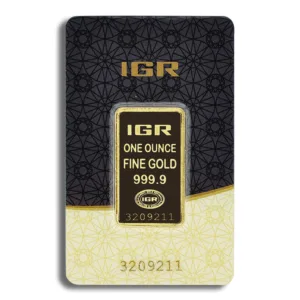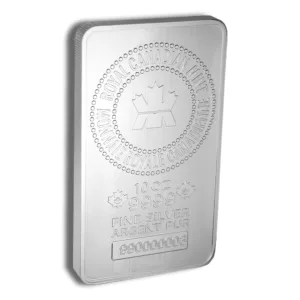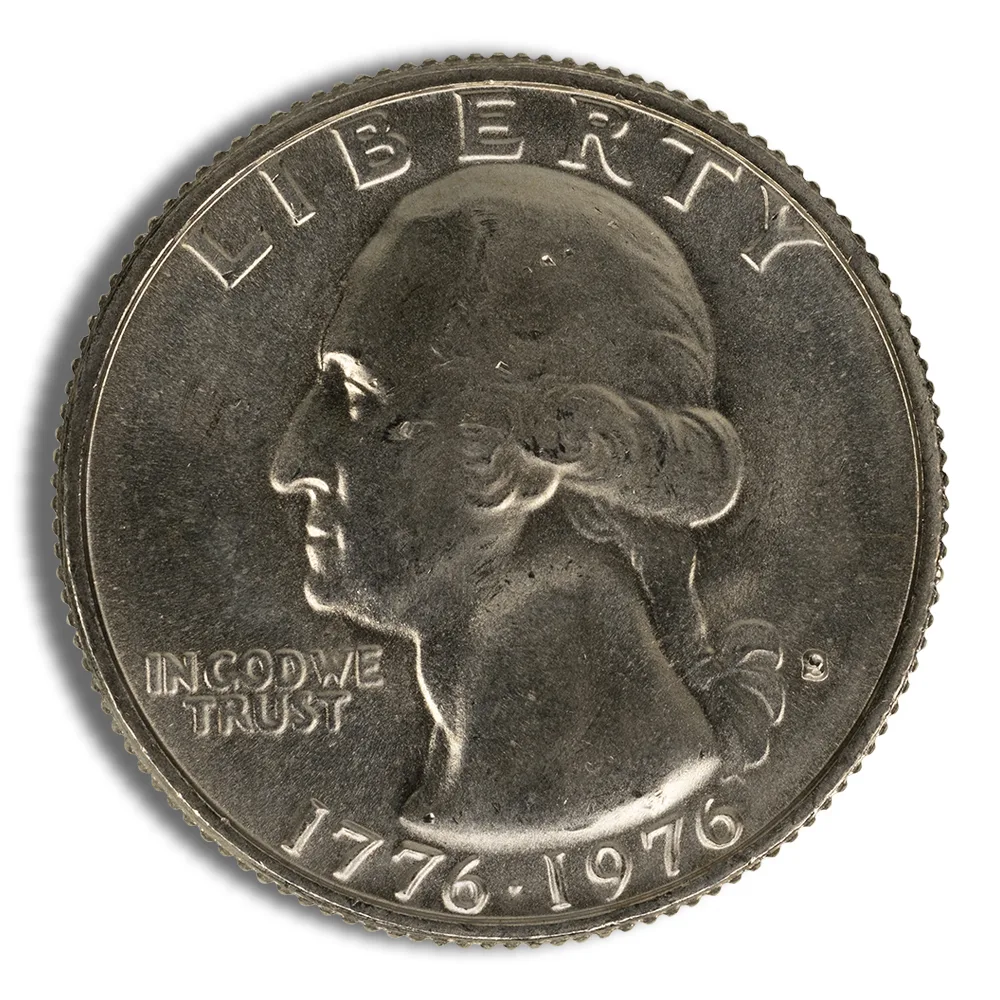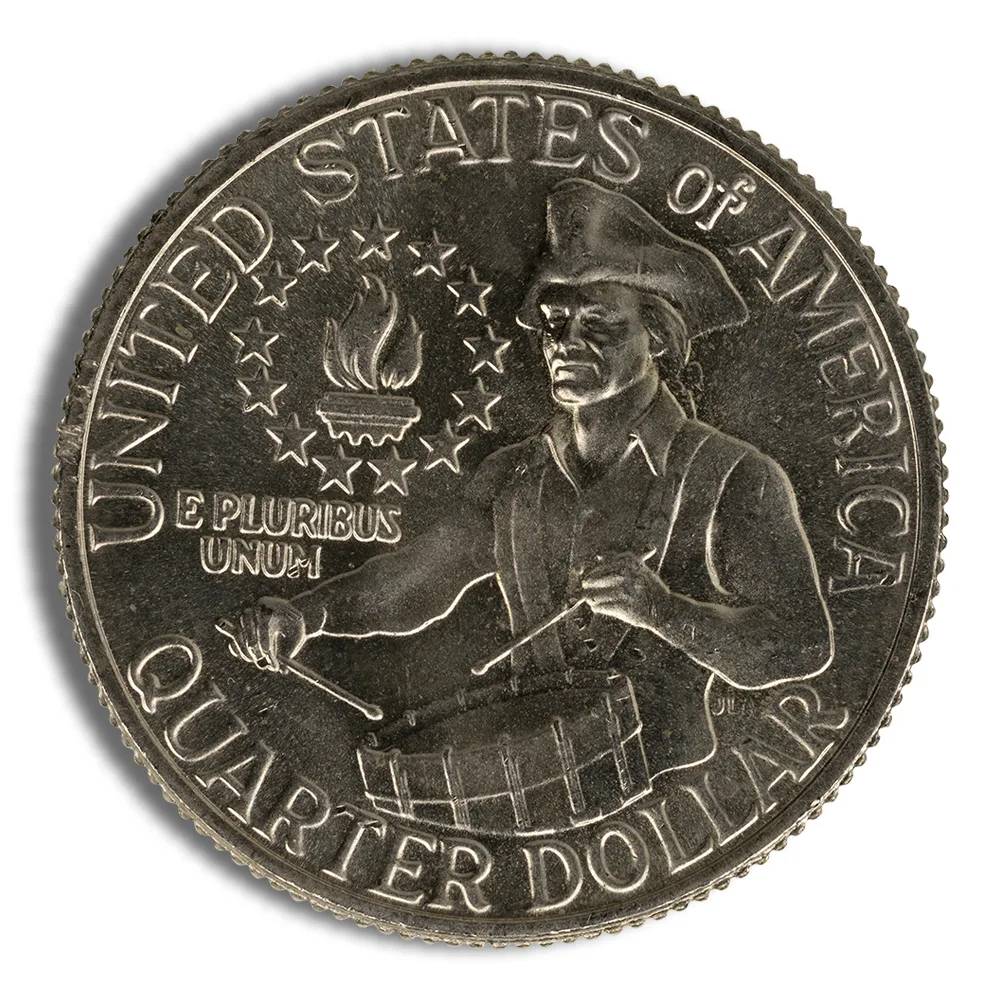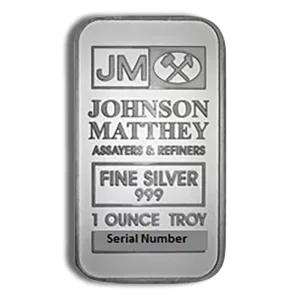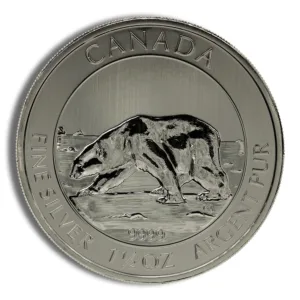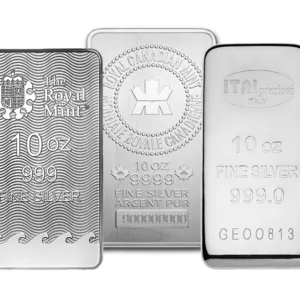This 1 oz Gold Bar from IGR Metals, crafted in Istanbul with .9999 fine gold, showcases a luxurious mirror-like finish and comes sealed in a tamper-evident assay card for guaranteed authenticity. Stamped with the IGR logo and a unique serial number, it connects you to centuries of gold’s rich heritage and global prestige, making it a striking symbol of elegance and refinement for any collection or special gift.
The 10 oz Silver Bar from the Royal Canadian Mint showcases .9999 fine silver and features the iconic RCM logo alongside a repeating maple leaf motif, celebrating Canada’s heritage since 1908. Each meticulously crafted bar is individually serialized for added security, with crisp reeded edges and a mirror-like finish that reflect the Mint’s renowned quality and artistry.
